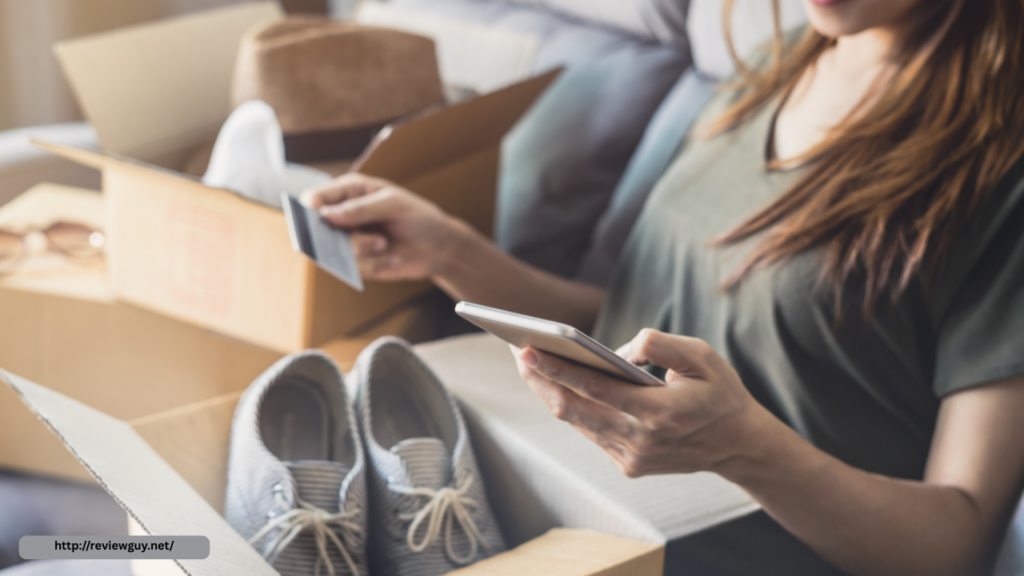
In today’s world, online shopping is as common as scrolling through social media. A few taps can have packages arriving at your doorstep within hours or days. For many, it’s a convenient way to shop; for others, however, it can quietly become a growing problem. When shopping online stops being enjoyable and starts feeling overwhelming, stressful, or even out of control, it may be time to recognize the signs of online shopping addiction and seek help.
Understanding Online Shopping Addiction
Online shopping addiction, sometimes called compulsive buying disorder, involves an uncontrollable urge to shop and spend money. This behavior is usually driven by emotions rather than actual need. People struggling with it often feel a rush of excitement during the buying process, followed by guilt, regret, or financial strain afterward.
The digital environment intensifies the problem. Easy access, personalized recommendations, endless promotions, and instant transactions create a perfect storm for addictive behavior. Unlike shopping at physical stores, online purchases can be made in secret, without judgment, making it easier for the habit to grow unnoticed.
Signs That You May Need Help
Occasional impulse buying is normal, but certain warning signs suggest that shopping has become a serious issue:
- Feeling anxious, restless, or upset if you can’t shop
- Frequently buying items you don’t need or already own
- Hiding purchases or lying about your spending
- Shopping online as a way to cope with stress, sadness, or boredom
- Facing financial problems because of excessive spending
- Regretting purchases but continuing to shop anyway
If you see yourself in these patterns, it’s important to know you’re not alone—and that help is available.
Steps Toward Seeking Help
1. Acknowledge the Problem
The first step is admitting that your shopping habits are negatively affecting your life. It’s easy to justify purchases as harmless fun, but being honest with yourself about the emotional and financial toll is crucial for change.
2. Talk to Someone You Trust
Opening up to a friend, family member, or counselor can make a big difference. Talking about your struggles reduces feelings of shame and isolation. A supportive listener can also help you stay accountable.
3. Consider Professional Help
Therapists, particularly those specializing in addiction or behavioral issues, can offer strategies for managing compulsive shopping. Cognitive-behavioral therapy (CBT), for example, can help you identify and change unhealthy thought patterns that lead to overspending.
4. Implement Practical Boundaries
While seeking help, take small but firm actions to limit temptation: unsubscribe from promotional emails, delete shopping apps, and set spending limits. Blocking access to online stores during vulnerable times can help reduce impulse buys.
5. Join a Support Group
There are support groups, both online and in person, dedicated to helping people overcome shopping addiction. Connecting with others who understand your struggle can be empowering and provide practical tips for recovery.
Final Thoughts
When one more purchase feels like too much, it’s a clear sign that something deeper needs attention. Seeking help is a brave and powerful step toward regaining control over your finances, emotions, and well-being. Recovery is possible, and with the right support, you can rebuild a healthier, more intentional relationship with shopping—and with yourself.